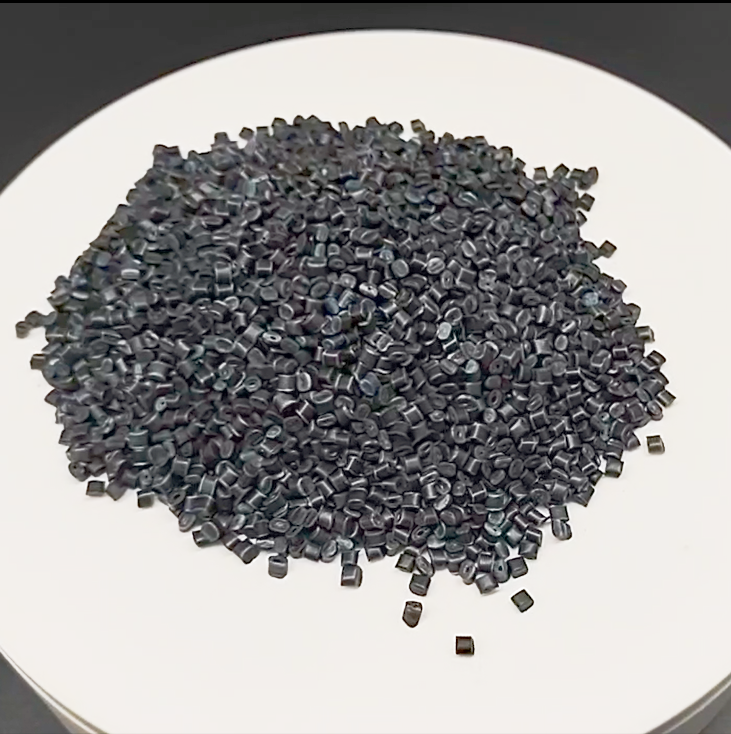Email format error
Email cannot be empty
Email already exists
6-20 characters(letters plus numbers only)
The password is inconsistent
Email format error
Email cannot be empty
Email does not exist
6-20 characters(letters plus numbers only)
The password is inconsistent

Offer Technical Support and Customized Solutions
The company is committed to creating new and improved plastic materials to meet the evolving demands of the market.

How to Address the Exudation Issue of PP Materials?
Flame retardant PP plastic pellets, due to their lightweight density, excellent weather resistance, and low comprehensive price, have been increasingly favored by many manufacturers and have successfully replaced flame retardant PS, flame retardant ABS, etc., in many applications. Behind the rise of flame retardant PP materials, there is a troubling issue that may often be encountered, which is the migration problem of flame retardant materials, especially evident in halogen-free flame retardant materials.
The migration of flame retardants not only often generates mold deposits, powdery agglomerates, and sticking molds during the injection molding process, affecting normal production, but also frequently occurs in the finished products, resulting in the emergence of white mist-like substances that affect the appearance of the products and lead to a decrease in flame retardancy.
Two Factors:
Compatibility between Flame Retardants and PP Base Resin: Flame retardants in PP resin generally exist in two forms: filling the resin in a form similar to fillers, and the other form being uniformly dispersed in the molten state within the resin. Due to the non-polarity of PP, there may be interface compatibility issues with polar flame retardants. The poorer the interface compatibility, the more likely migration problems are to occur.
Effect of Temperature on Flame Retardant Migration: PP is a semi-crystalline material with a low glass transition temperature. When the ambient temperature exceeds its glass transition temperature, the thermal motion of amorphous segments will accelerate with increasing temperature, allowing small molecule flame retardants with poor compatibility with PP resin to more easily overcome resistance and migrate to the surface.
This is also the reason why surface migration sometimes occurs after the components have been stored for a period, and the high-temperature injection molding process is the most obvious process for migration. Migration during this process is often reflected in the generation of mold deposits on the mold, etc., with a higher injection molding temperature resulting in more severe migration. The relationship between flame retardant migration rate and temperature can be roughly represented in Figure 4, where within the flame retardant decomposition temperature range, the migration rate significantly increases with temperature. At a constant temperature, migration also has a certain relationship with time.
Two Methods:
Solutions:
Introduce strong polar groups (such as amino, carboxyl, epoxy groups, etc.) to enhance the interface interaction between the flame retardant and PP, effectively reducing the migration problem of flame retardants.Increase the migration resistance between flame retardants and resin, and reduce the migration rate of low molecular weight flame retardants: lowering the temperature to weaken intersegmental motion or increasing the polymerization degree of flame retardant molecules and reducing the molecular weight distribution width become effective measures to alleviate flame retardant migration.
It should be noted that "no migration" flame retardant PP does not mean completely free of migration; it simply greatly reduces the migratory nature of flame retardants. The current "no migration" flame retardant PP often relies on high technical costs, so low-cost anti-migration is still an area that needs improvement in current flame retardant PP materials.

